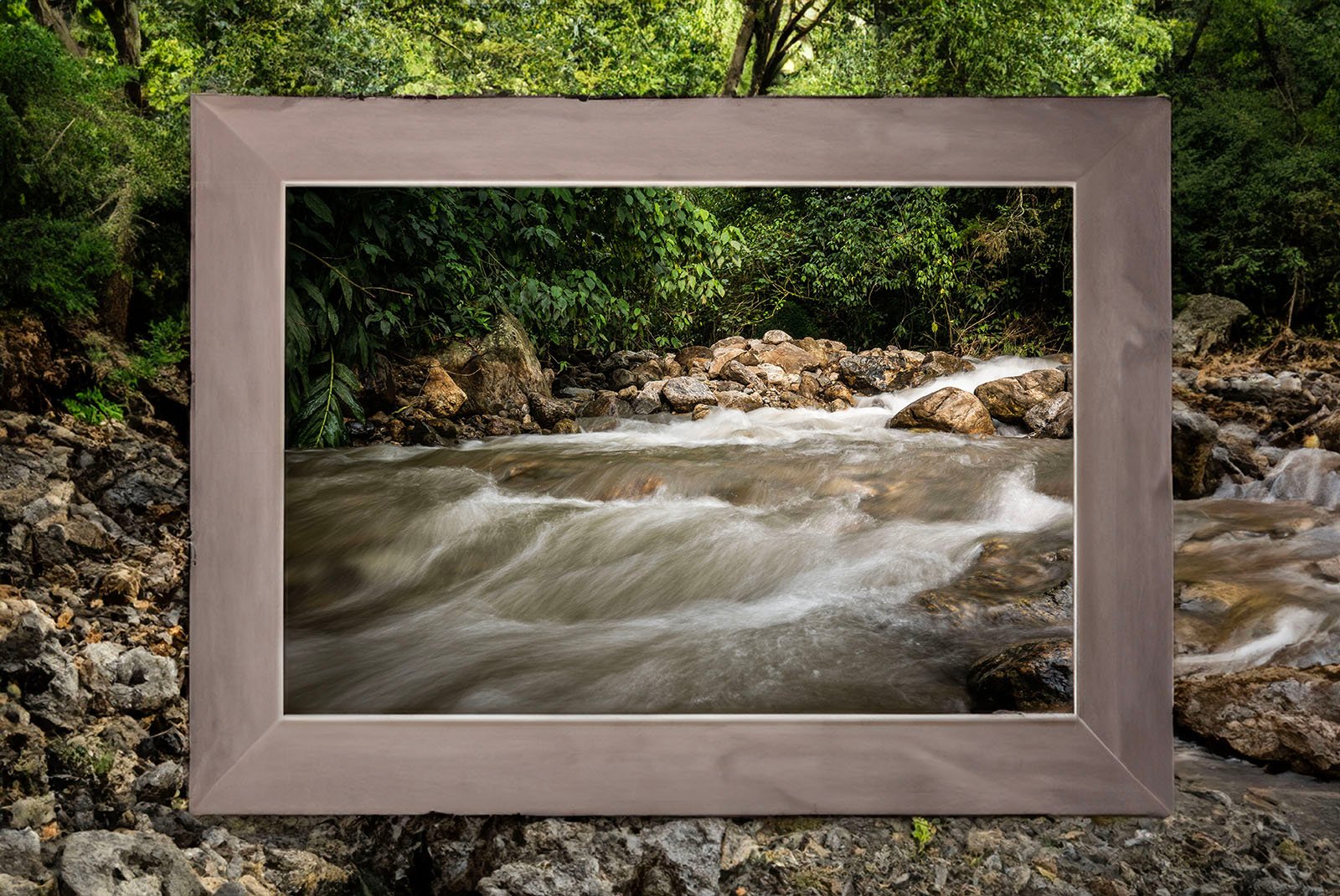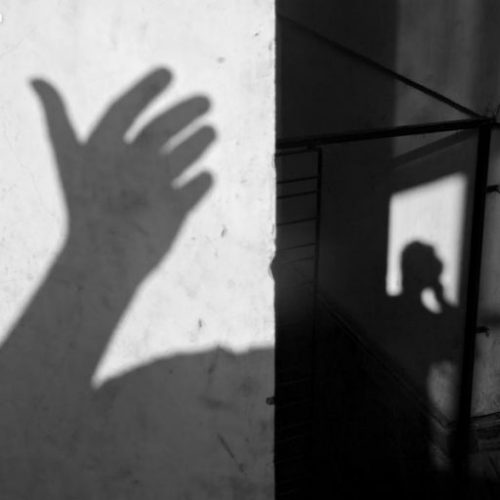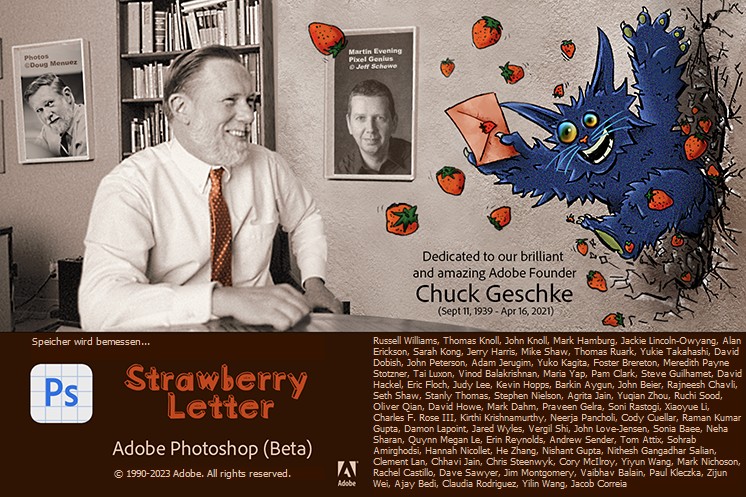
By this point, you’ve probably seen Adobe’s beta of Generative Fill in Photoshop, which allows you to expand a photo beyond its original borders. It is an incredible feat of technology, but brings up complicated questions: who owns that new, expanded photo? Is it copyrightable?
Beyond that, is that new photo covered by the copyright protections of the image used at the center? Basically, if a person took one one of your photos and used Generative Fill to create a larger picture, would they be able to claim it as new art? Would you be able to tell them to stop?
It sounds like questions that would have a solid answer, but given the state of legal cases and rules regarding AI, what could come off as a reasonable response to photographers is very likely far more complicated.
There are many copyright issues with Generative Fill
“Generative Fill is really jaw-dropping technology, but as you mention, there are many copyright issues inherent in this type of creation,” Thomas Maddrey, Chief Legal Officer and Head of National Content and Education First at the American Society of Media Photographers (ASMP) tells PetaPixel.




